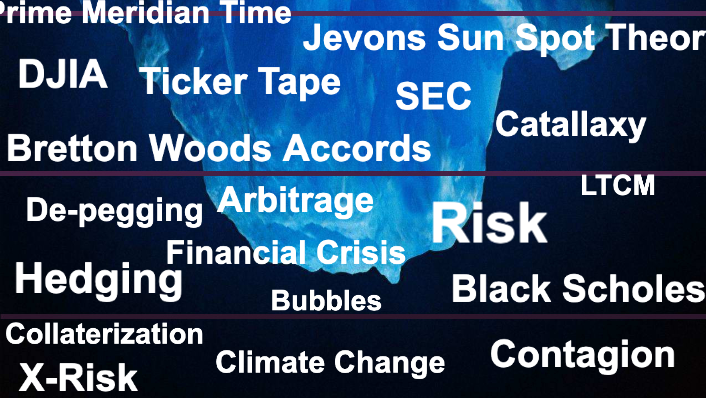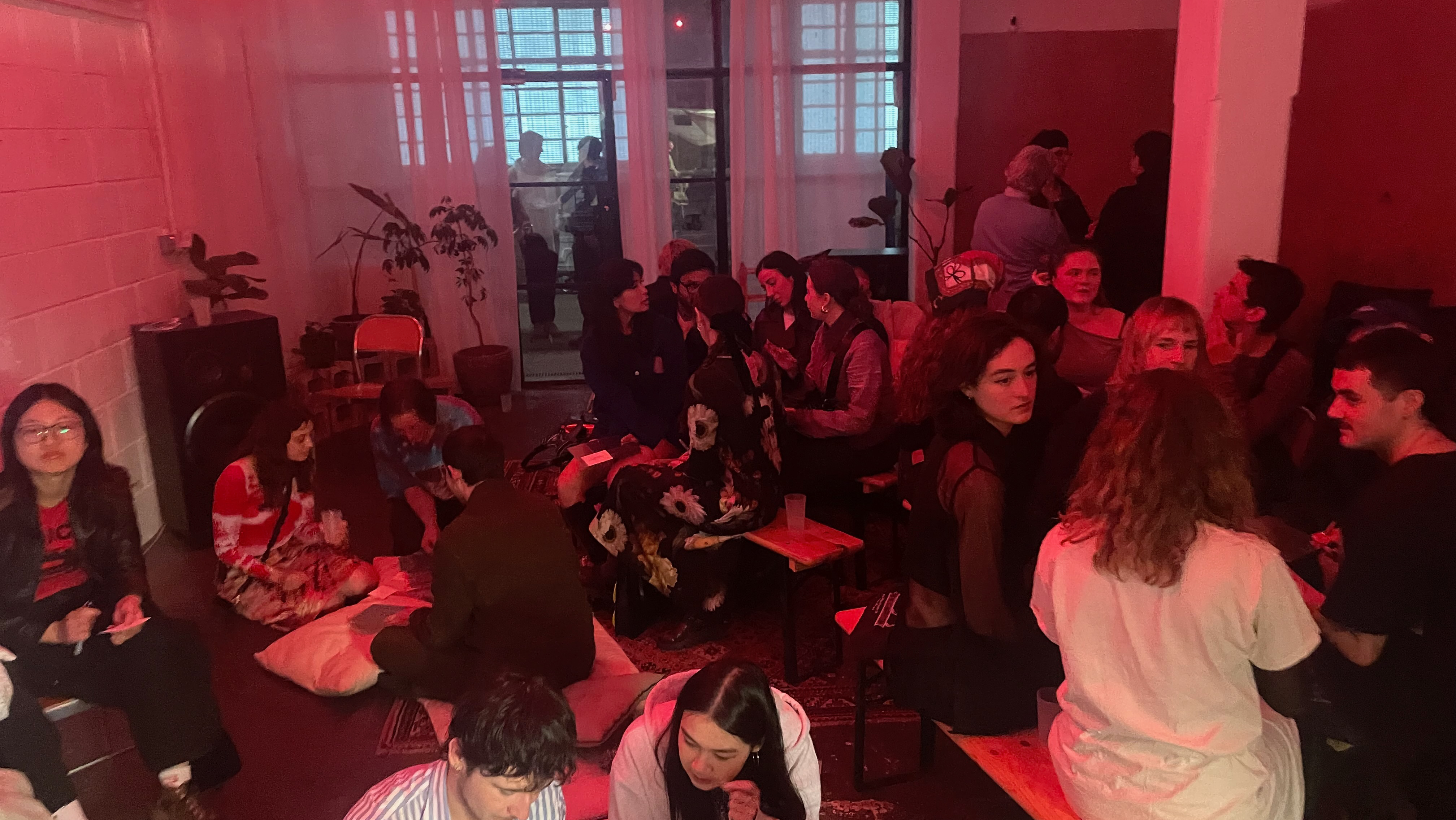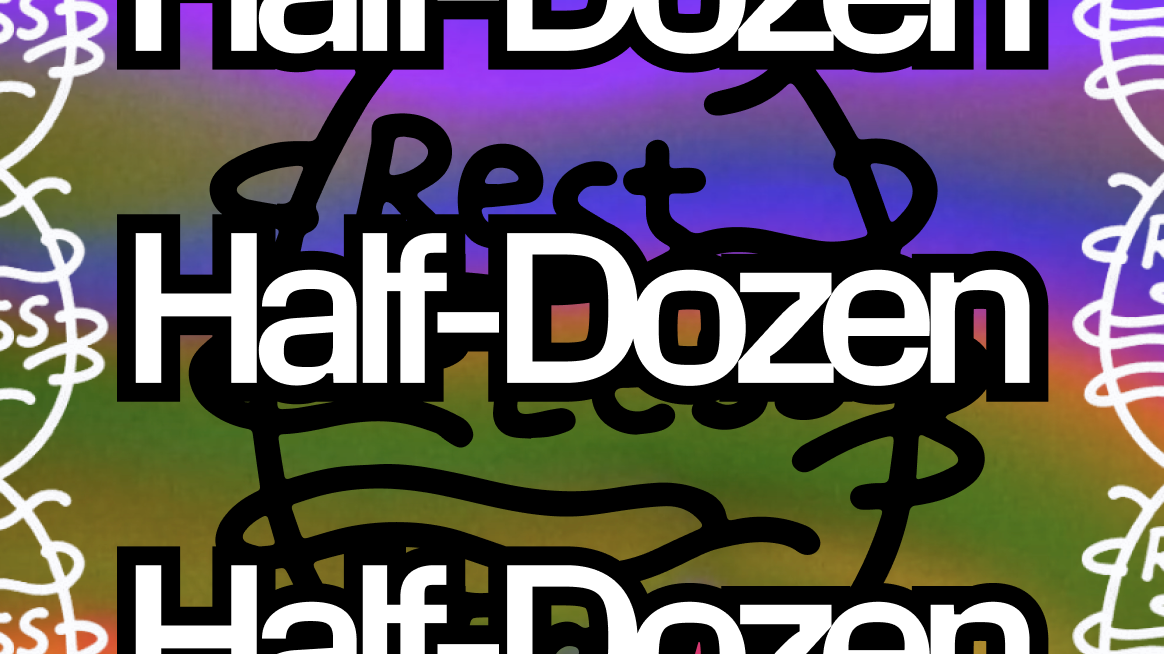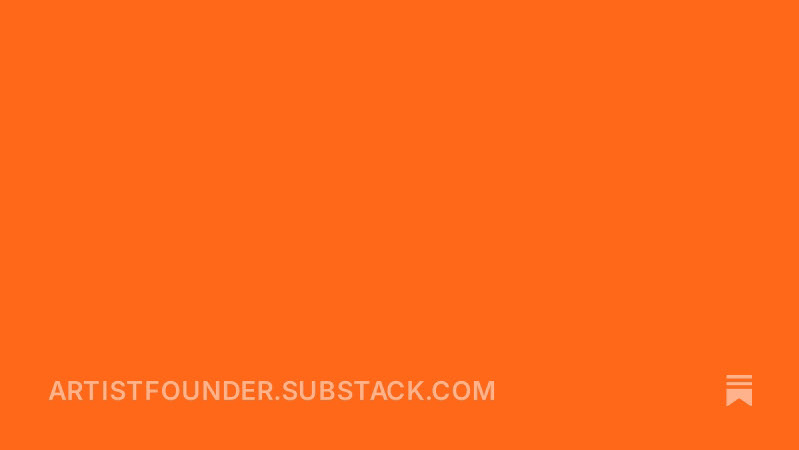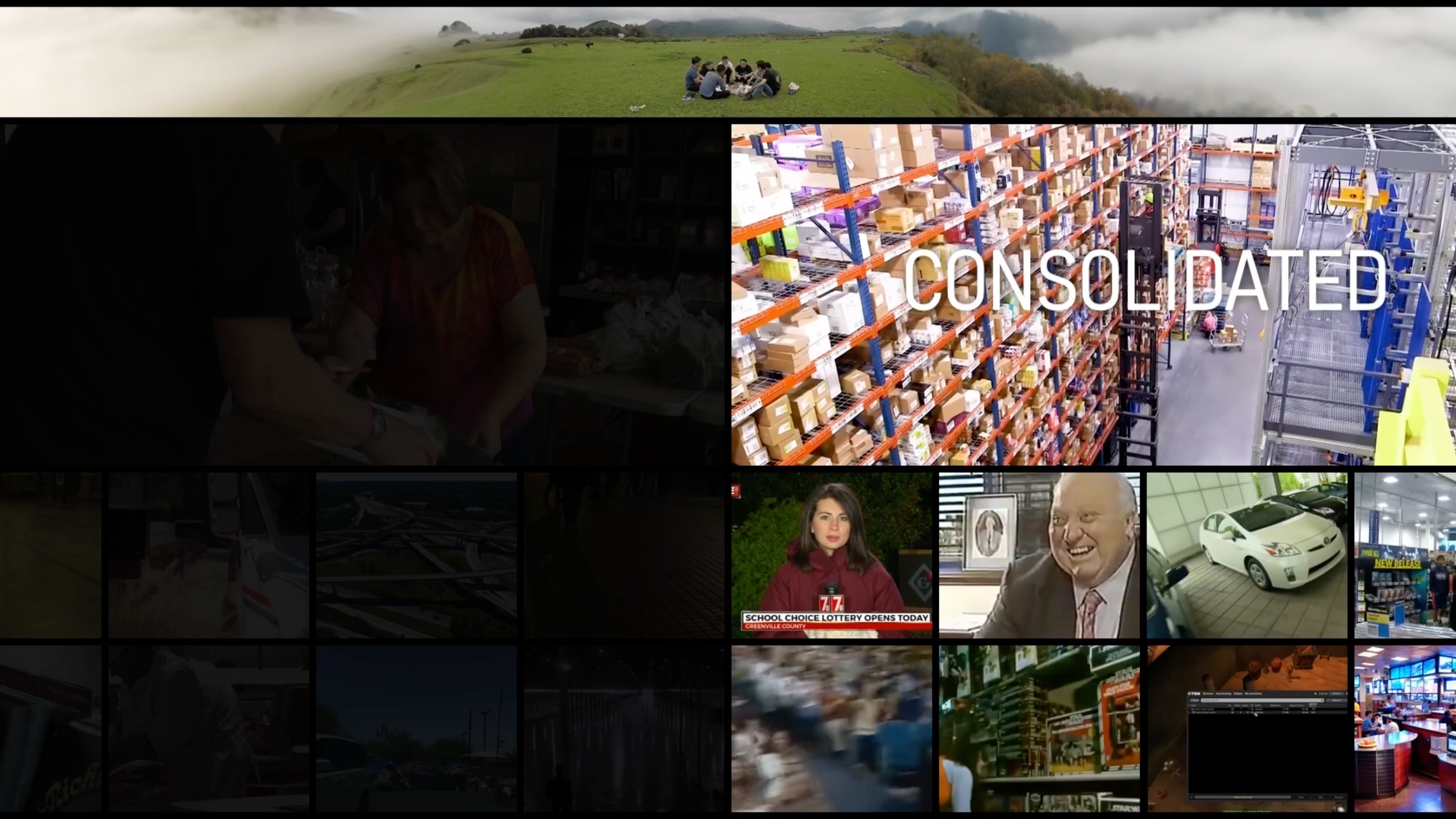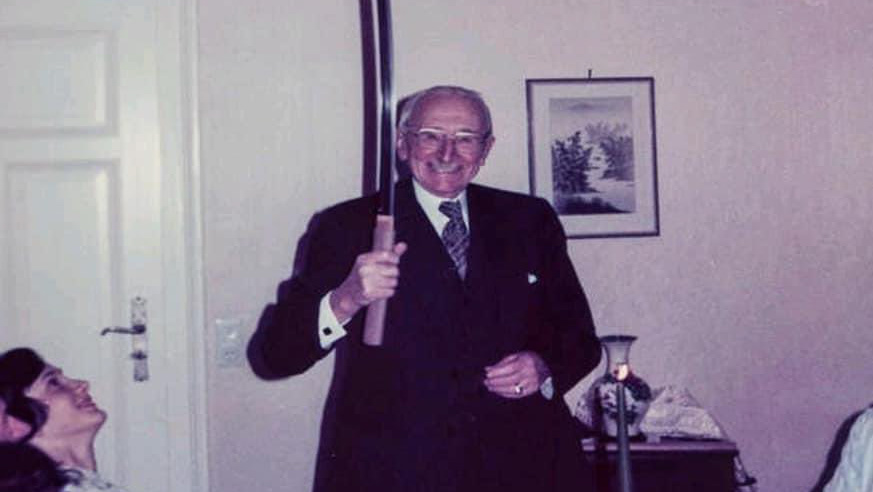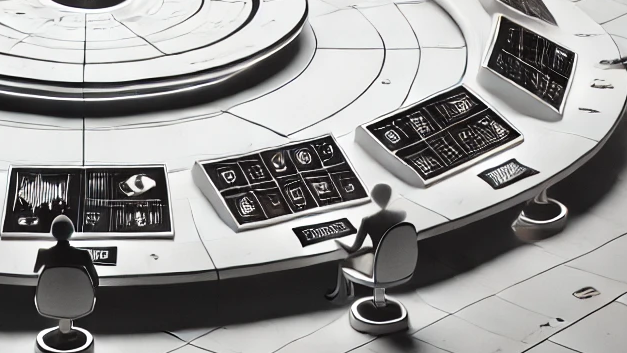1. Frontier Technologies are those that render existing interpretive frameworks inadequate, demanding new paradigms commensurate with their technical breakthroughs. The invention of the telescope, for example, preceded and demanded the formalization of optical science, just as the airplane emerged before and catalyzed the development of wing theory. Frontier technologies do not wait for understanding prior to redefining what is possible.
2. Frontier Technologies transcend efficiency enhancements. As the pen affords the writer a unique mode of thought or the camera unlocks the vision of a filmmaker, frontier technologies define new ways of doing and of being done which are specific to themselves.
3. The term frontier technology refers to a phase state rather than a specific kind of device. If technological evolution spans a continuum from Arthur C. Clarke’s indistinguishable magic to mundane toaster ovens that compete on price, the frontier describes a device at its most magical.
4. Frontier technologies are more revelatory than creative. Frontier technologies reveal latent aspects of reality which may have always existed but were previously inaccessible—sound waves or DNA, for instance. Creativity, in contrast, operates within the legible status quo, offering adjustments to established paradigms e.g. a faster horse. Revelatory technologies shift paradigms entirely in their bridging a gap between novel sensations and new interactions. Photography, for example, gave rise to a new way to capture light beyond replicating what the eye sees, and Uber reimagined how one might interact with the panoply of cars that already surrounds us.
5. Inventing frontier technologies requires projecting oneself into a future where such a technology already predominates, then working backwards to manifest that future in the present. In this sense, the impetus for frontier technologies’ invention originates in the future. The technical present is hereby revised as merely the past’s catching up.
6. For the AI revolution to succeed (to justify its massive capital expenditure) AI’s use cases must transcend “productivity enhancement.” Treating AI as a tool that enhances that which we already do is akin to treating AI like a digital spear: A longer, pointier arm that extends the body’s natural capacities without catalyzing anything genuinely new. If the AI revolution bottoms out in the creation of so many digital spears, it will have failed.
7. The winners of the AI revolution will be those who can invent new modes of creation that are commensurate to the medium of AI itself. Beyond the menial chores that AI frees us from, its critical function is unlocking ways of thinking and doing—freedoms to—which were previously inconceivable or otherwise impossible. To uncover such freedoms is to put ink to the question of what AI is ultimately for.
8. Just as writing, film or architecture were epochal media of eras past, today, products are the medium most closely aligned with the scale and speed of society.
9. Whereas the academy and the gallery lay claim to unlimited creative freedom, such freedom is purchased at the expense of these spaces operating without meaningful stakes. Unfortunately, nobody reads anymore and those who visit galleries are precisely they who do not need to be convinced. The harm of misrecognizing these legacy institutions as today’s primary media is visible in the precarity of even the most successful freelancers whose work occupies these spaces.
10. On the other hand, products promise a fundamentally different kind of freedom, one that is born of constraint and is intimately tied to questions of impact and scale.
11. Ironically, despite products’ timely power, Silicon Valley is today running out of steam. The once-revolutionary startup pipeline has become an establishment—fully integrated, predictable, routine. True innovation emerges from edges, which are today beyond Silicon Valley’s view.
12. A new class of creator is rising for whom technology is a native artistic medium as clay or canvas was for artists past. These creators do not pledge allegiance to any established way of doing, but forge their own paths, borrowing when possible, but more often inventing in response to limits which they themselves surface.
13. Just as the organizational form of the startup once disrupted traditional corporate structures, so too will the startup and its associated concepts be displaced and redesigned by this coming creative class.
14. The architects of the future are not beholden to the conceptions of they who have shaped the present.

